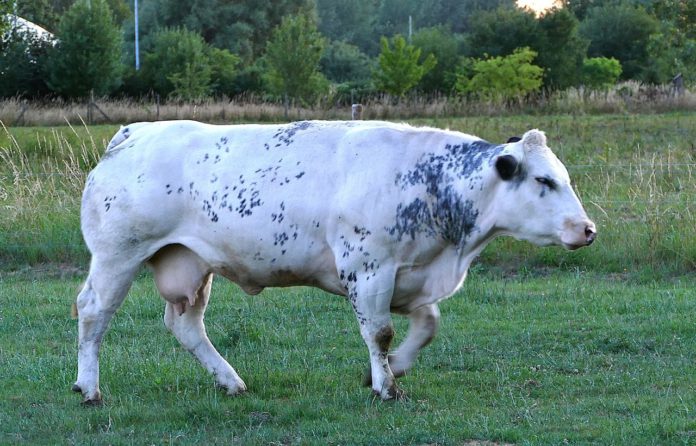Farmers must carry out four mandatory actions as part of the new five-year €256 million Suckler Carbon Efficiency Programme.
The scheme ties in with Food Vision 2030’s overarching policy to increase economic and environmental sustainability within the sector.
To enter the scheme, there are three main entry requirements as per this news article on That’s Farming. Firstly, farmers must be a member of the Bord Bia SBLAS, before applying and remain a member for the scheme’s duration.
The DAFM will utilise the carbon footprint in the sustainability audit to measure changes throughout the contract.
Moreover, farmers must also submit a BISS application, on which all their lands are declared for the SCEP’s duration.
Lastly, farmers must calve down at least half of the reference number of animals every year.
Reference years
There will be historical reference years to provide what the DAFM says is “a ceiling for payment”. However, it confirms that there “will be scope to reduce numbers without penalty each year”.
So, how will the reference year be decided? According to the DAFM, applicants will receive suckler calving data from 2016-2021 inclusive, and it will determine an average from the “best” three years.
Farmers can then accept this figure or set it at a lower number, which will become their scheme reference figure.
A DAFM spokesperson said:
“Each year, participants will have the ability to set an annual figure which cannot exceed the scheme reference figure.”
Then, in the case of new entrants with no data for 2016-2020, they will declare a target for 2023 at the application stage.
Mandatory training and requirements
Moreover, as part of the scheme, farmers will have to attend a half-day livestock handling course before the end of year two.
Also, there will be mandatory training on the implementation of actions under the scheme in the first two years also.
Actions:
Similar to the BDGP, farmers must carry out a number of actions under the scheme:
- Replacement strategy;
- Weight recording;
- Genotyping;
- Data recording.
1. Replacement strategy: Covers dams and sires
Sires:
- Years 1 & 2: 80% of calves produced on the holding must come from a 4/5-star sire;
- Increases to 85% in year 3 & 4;
- Increases to 90% in year 5.
Dams:
- Years 1 & 2: 50% of reference figure: Dams retained on holding must be 4/5-star;
- Increases to 65% in year 3 & 4;
- Increases to 75% in year 5.
- Weight recording:
Weigh at 70% of the ref number of animals on the holding every year and submit data by November 1st, annually.
- Genotyping:
At least 70% of the reference number of animals on the holding must be genotyped each year of the programme without repetition.
- Data recording:
Participants must provide a range of data through animal events, records, and surveys.
Payment rates
The Department of Agriculture, Food, and the Marine will issue payments of €225/ha for the first 15 eligible hectares and reduce the payment rate to €180/remaining eligible hectare.





